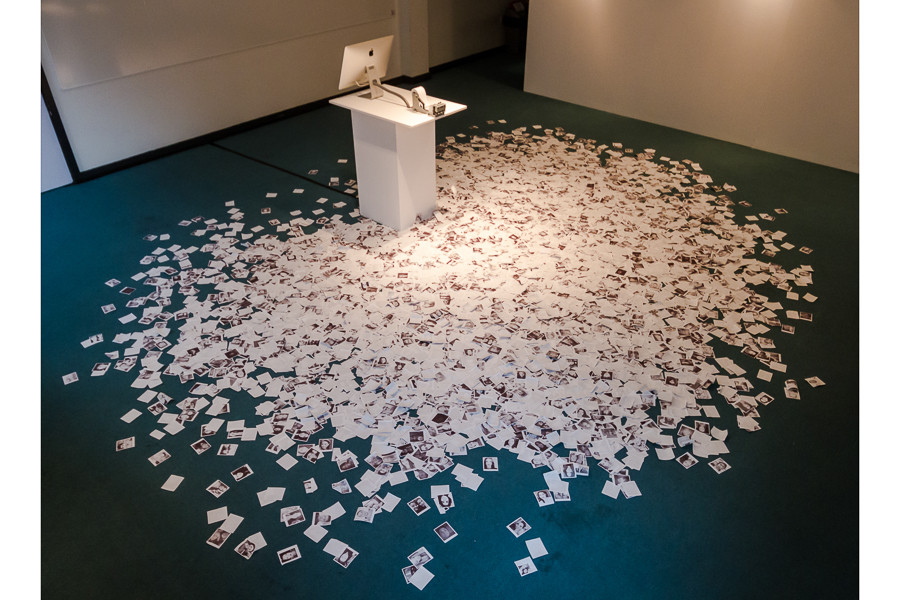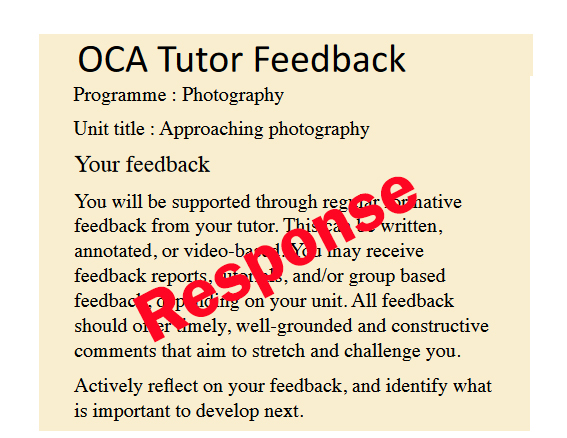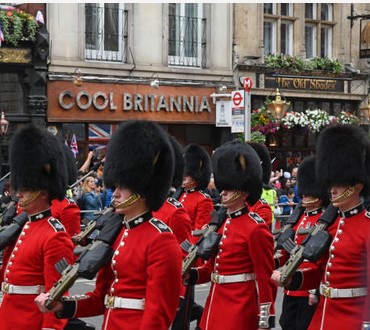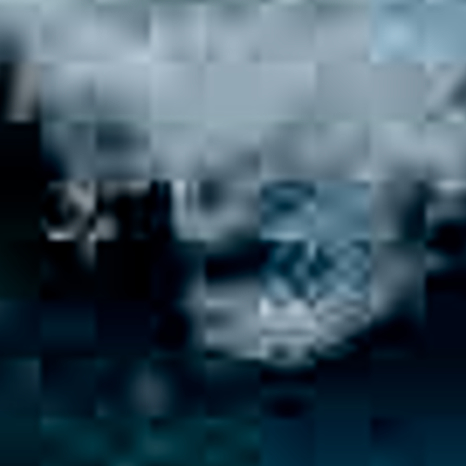My discussion with my tutor (18th July 2024) had a delayed start, caused by complex technology problems… enough to say I think it was mostly at my end. Camera connection, too many ‘windows’ open on my computer, slow wi-fi, unfamiliarity with Google Meet, all contributed to what amounted in the end to a phone call tutorial.
A free flowing discussion ensued starting off with my first comment that I felt cross, either with or about Thomas Ruff and his pixilated photos. I probably would have phrased how I felt about the images, the commentary and reviews for that research project more carefully if we’d had a smoother start. However I still don’t share Colberg’s view that Ruff is probably one of the “most creative and certainly inventive photographers of our time” as explained here, as my tutor didn’t try to dissuade me in my opinion. He did however use that initial opener to move our discussions onto and around appropriation of images, and who owns photographs, the ones you can make and those you cannot make or shouldn’t.
In my feedback I was asked to explore those themes that came out of our discussion and examine the works of:
– Tom Stayte’s #selfie I loved being reminded of this art work. Yes, these are appropriated photographs, Instagram selfies, hash-tagged as such, so meant to be shared widely. It says a lot about the ubiquitousness of the selfie as a personal identifier, and the nature of sharing photographs to unknown people in this technological age. Even more so when you know that the visitors to the installation wanted to be involved, and took a selfie, uploaded it to Instagram with #selfie and waited for it to be printed out!

This makes me think of a shredder and then on to having our identity subsumed into a generality, and our identity is lost or fragmented and possibly misused.
– Jon Rafman’s Nine eyes of Google Street View Jon Rafman, author of the photographs of disgusting desks and computer keyboards! He is another artist who has appropriated photographs – in this case, those taken by Google for their street view mapping software. I cannot imagine the hours that Rafman must have spent looking for these images. I use Google Maps and street view often to look around specific surroundings, I’ve only ever once found something weird. Its almost like looking for Easter eggs hidden in software, I feel that employees of Google must have seen the images appropriated by Rafman, and probably thought like me, that people would just think “weird!” What is weird is that Rafman has made a career out of finding them!

I decided on this image as it captures the effect of digital composites not quite connecting throughout. I could have chosen any number of documentary type images inviting political or social comment but left that for another time and place.
The images collected by Rafman are presented without commentary inviting the observer to look closer and work on a meaning for that situation captured in a millisecond. It is uncomfortable voyeurism into others’ lives and laugh out loud in other images.
I particularly liked the image of the junior school girl in a British town giving the google car the finger. I’m not going to ‘unpack’ why!
– Mishka Henner – As an appropriator of others’ photographic images he is like the previous mentioned appropriators of photographs, an artist rather than a photographer. In his digital explorations of Google Street photographs, Nasa images, web cam and CCTV images, and social media he has collected images on a theme and presented them in a novel, connected manner.


I particularly enjoyed looking at his Winning Mentality book full of Facebook portraits of winners of all sorts of competitions and events. However he had reposted the images on his own Facebook page with his face pasted over the original. He speaks of it coming out of messing about on the computer, a fun idea, that as a collection of some ridiculous prizes provokes some thought about our competitive, materialist and market oriented world.
… and at the end of this what do I think about appropriated images, used by artists and photographers?
Rather than the appropriation I think that it is the final product that is the issue for me. Why take a perfectly effective image and try and make something less effective to see and examine as Ruff has done. Needless to say I am not a fan of Ruff’s pixilated images – they are in my opinion a nonsense. They aren’t even offered as abstracts, because they are not!
So even if I suggest that the end product of the appropriated image is what is to be evaluated, it goes goes hand in hand with the idea that produced it. Ruff’s idea was novel but I didn’t think it was worth the effort of execution, size isn’t everything! However Jon Ruffman’s collection of images from Google Street View forms a strange and varied view of the world we live in, captured in a moment that otherwise would have been lost. A chance to see a world that is at once shocking and thought provoking, but at a distance in time and place. A happenstance idea that has far more traction than iconic images that have been trashed by pixilating them.
There is an issue with taking and using someone else’s image. One of the issues is ‘does it have a monetary value to the author who might want to collect on its use and publication?’. There are rules around ownership because it is ‘property’. There is also the issue for the original author of how the image will be used. I don’t want my facebook profile selfie on the beach transformed into a nude for example, which is now easily done with AI. Is it let the ‘image poster beware’ because anything in the public domain can be abused? And this leads to another issue of why images captured of children, who are not your own, and posted on the internet, is another form of undesirable appropriation and a possible route to abuse.
This attitude surrounding children in itself has led to a dearth of social documentary photographs where children are concerned. Who could now take the kinds of photographs that Trish Murtha took around her home in the North East? My recent brush with this type of ‘appropriation’ happened when the local primary school headteacher turned up at my front door to ask me to delete all the images of her pupils going into the local church for their end of term service. ‘Bang’ goes my project around the community area outside my house. Except that there is a security camera, a ‘Ring’ door camera, and any number of parents taking smart phone images of their children (and others’) being taken in the area that nobody seems unduly concerned about.
In the end we are being pushed into a more covert way of photographing people, and as I’ve just outlined in my assignment 3 ‘collections’, their things. A sure understanding of the law around photographing in public places will not protect the photographer. In the end the photograph, be it of a person or inanimate thing, is a form of appropriation that has to be accounted for either by acknowledgement and/or payment because although the image belongs to the photographer the subject does not.
Notes taken after the feedback:

#selfie (2014). Available at: https://vimeo.com/91063350 (Accessed: 3 August 2024).
User1 (2020) Jon Rafman – 9 Eyes, Sprüth Magers. Available at: https://spruethmagers.com/exhibitions/jon-rafman-9-eyes/ (Accessed: 3 August 2024).
Mishka Henner | INSIDE / OUT (2023). Available at: https://www.youtube.com/watch?v=Jsk50V2m8fM (Accessed: 3 August 2024).
The Guardian (2012) ‘The street views Google wasn’t expecting you to see – in pictures’, 20 February. Available at: http://www.theguardian.com/artanddesign/gallery/2012/feb/20/google-street-view-nine-eyes-in-pictures (Accessed: 2 August 2024).



